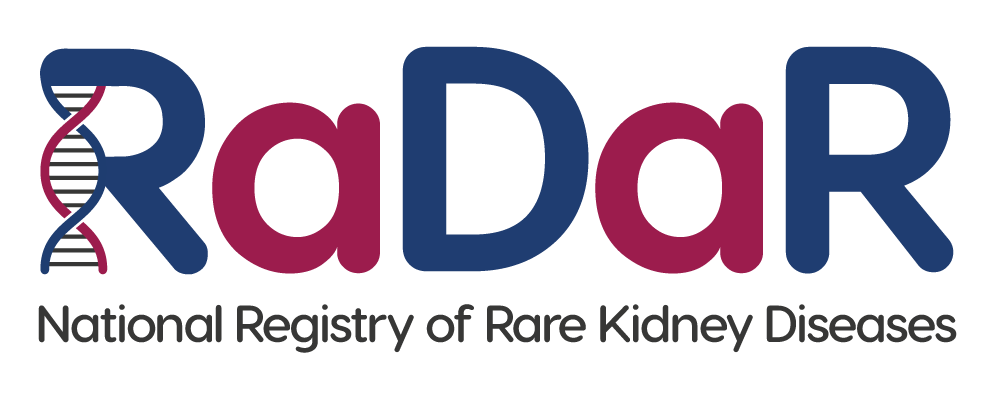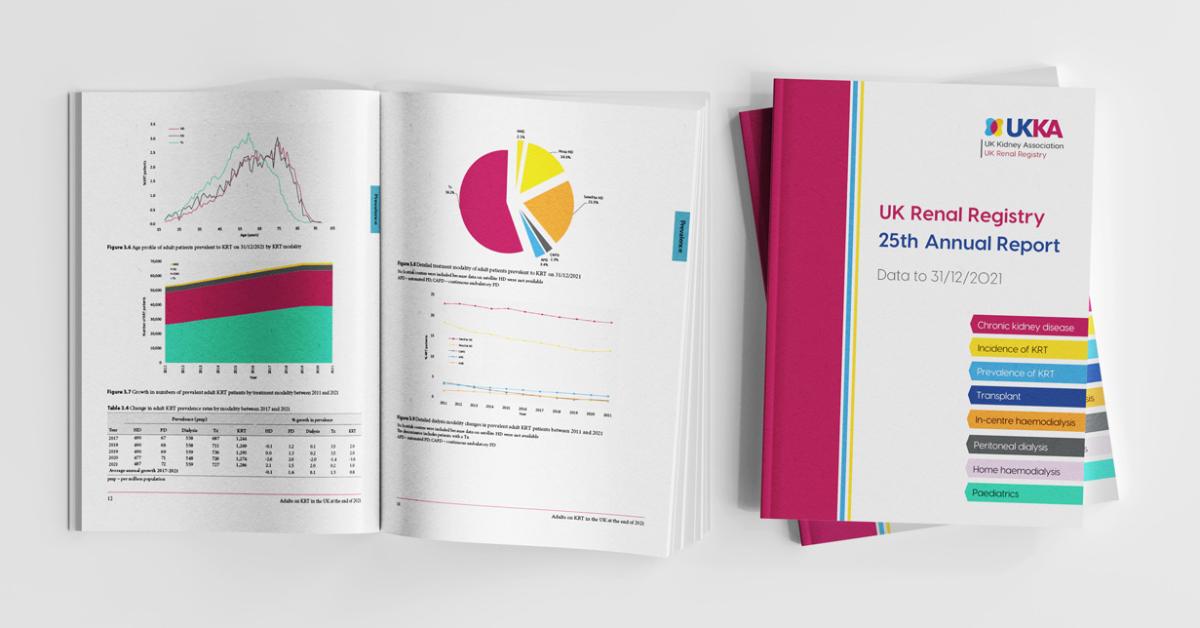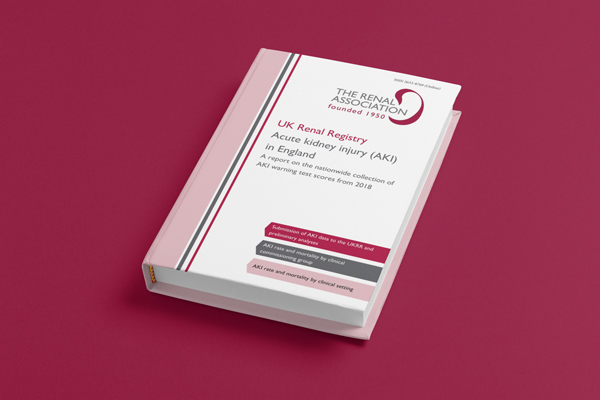Patient Information
Primary Hyperoxaluria (PH) is a group of genetic conditions that mainly affects the kidneys. The first sign of PH is often the development of kidney stones. In PH the stones contain a lot of oxalate. These can result in severe pain in the tummy or back, fever, chills and blood in the urine. Sometimes kidney stones do not cause any symptoms at all however and are only found during an unrelated scan.
As well as kidney stones, PH can result in additional damage to the kidneys and eventual bone fractures. Children with PH tend to have reduced growth and may also develop anaemia. In rare cases, babies can develop PH. When this happens the condition tends to be severe. Older children and adults with PH have better outcomes. Most people with PH will develop kidney stones before the age of 20.
There is a lot of variety in the symptoms of people with PH. Some people with the condition do not have any symptoms at all, whereas others suffer from repeated cases of kidney stones. It is possible for family members to have the same type of PH but be affected differently. One person in the family may be severely affected while another has no symptoms at all. This means that PH needs an individualised approach to diagnosis and treatment.
PH requires careful monitoring. If it is left untreated it can eventually result in kidney failure. Awareness of the condition is improving and survival rates have greatly improved in recent years.
As a cure for PH has yet to be found, treatment focuses on protecting the kidneys to try to stop kidney stones from developing. It is important that people with PH drink plenty of liquid – at least 3 litres a day. This increases urine production and helps the body to get rid of more diluted waste products, leaving less to build up in the kidneys. Vitamin B6 (pyridoxime) can also be very helpful in reducing oxalate build-up in some people.
Occasionally PH is only diagnosed after kidney failure has occured. Signs of kidney failure include a drop in urine production, anaemia, pale skin, tiredness, nausea and, in young children, a failure to grow or develop. Treatment for kidney failure may need dialysis and/or transplantation.
A kidney transplant by itself is not a permanent cure. This is because PH can redevelop in the transplanted kidney. To overcome this, a combined liver and kidney transplant may be recommended. This corrects the way the body handles oxalate.
The second Primary Hyperoxaluria Patient Information Day was held at Birmingham Children’s Hospital on Saturday 28th January 2017. An agenda and feedback report provide further information on the event, which was organised in partnership with the Oxalosis and Hyperoxaluria Foundation.
On Saturday 27th April 2013 Birmingham Children’s Hospital hosted the first UK PH Patient Information Day. Copies of the presentations from both events are avaliable here, along with comments from attendees.
The PH-Europe website (https://www.ph-europe.net/) is the home of the new pan-European patient advocacy group. There is information from a patient viewpoint, videos made by patients with PH, and links to support and further information. We recommend this as an initial place to start for UK patients. It can also be used as a way to find a local specialist in Europe if needed.
The Oxalosis and Hyperoxaluria Foundation is an American organisation which has information on research updates and details of international patient meetings.
There are also some Facebook groups dedicated to Oxalosis including those run by the Oxalosis and Hyperoxaluria Foundation and the Mayo Clinic.
PH occurs due to the build-up of a substance called oxalate in the kidneys. Oxalate occurs naturally in certain food including almonds, spinach and rhubarb. It is also produced inside the body from a chemical called glyoxylate. This process is tightly controlled. Only a small amount of glyoxylate is converted into oxalate. In people with PH however, the enzymes which control this process are faulty. Too much oxalate is therefore produced and the body is unable to get rid of it all. Oxalate does not dissolve well in the body’s fluids. It tends to form solid crystals, especially when it combines with calcium. The oxalate starts to builds up in the body in a process known as systemic oxalosis. It can also form kidney stones which block up the kidney and lead to kidney failure.
If a combined liver and kidney transplant is carried out, the new liver can replace the missing enzymes and help prevent the rejection of the kidney. The new kidney can then deal effectively with the body’s waste products and produce good quality urine.
PH is a genetic condition that can be passed on by a child’s parents even if they themselves do not have any symptoms of the disease. It is present from birth although symptoms can develop at any age.
Genetic tests have found at least three different types of PH. They are caused by different enzyme errors and therefore have different treatments. A liver transplant is only suitable for PH type 1, which also responds well to vitamin B6 treatment.
The Hyperoxaluria Rare Disease Group (RDG) is working with international partners with the aim of finding new and improved treatments, and to empower patients. A first step is to compare the symptoms and genetic markers of PH. To do this the RDG is registering patients with this condition into two research registries. The first is the UK-based National Renal Rare Disease Registry (RaDaR) which will be used to find suitable participants for future research trials into the effectiveness of new treatments.
The second is the International Hyperoxaluria Registry run by Oxal Europe, the European Hyperoxaluria Consortium, which aims to compile a global registry of Hyperoxaluria patients. Patient information in both registries is anonymous and cannot be linked to individuals.
If you are interested in finding out more about RaDaR, Oxal Europe or the activity of the Hyperoxaluria RDG please visit the Hyperoxaluria RDG page.
Current research trials
There are trials for adult patients with primary hyperoxaluria types 1, 2 & 3 and enteric hyperoxaluria, which are all recruiting or about to start. Here are the key inclusion criteria:
- Adult patient with PH1: eGFR>45 and 24h U Oxalate >700 umol/24h
- Adult patient with PH1 or 2: eGFR>30 and 24h U Oxalate >600 umol/24h
- Adult patient with PH1,2 or 3: eGFR between 15 and 90 and relatively high urine oxalate (likely to give plasma oxalate>10 umol/l but it is not necessary to measure this)
- Adult with enteric hyperoxaluria: eGFR>30 and 24h U Oxalate >550 umol/24h
These are with investigational products from Alnylam, Dicerna, Oxthera and Allena respectively.
Enquiries will be directed to the units conducting these trials. We are also happy to see patients as a one-off or on-going or just discuss details of these trials with patients or clinicians. If you are a patient or relative of someone with one of these conditions, please ask your doctor about these trials, or contact Melanie.Dillon@renalregistry.nhs.uk




